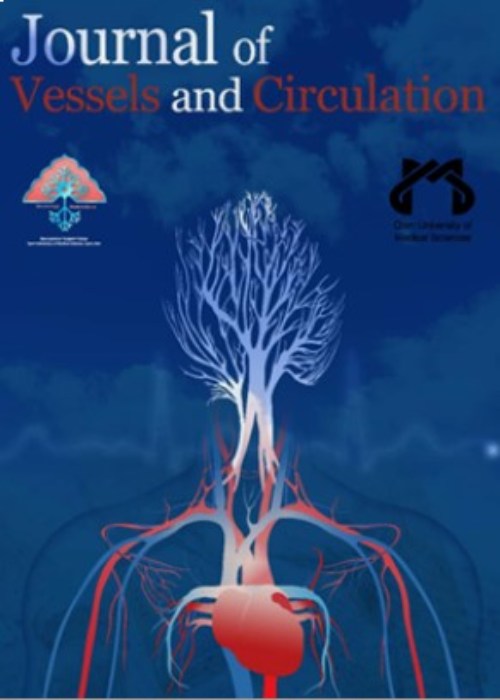Evaluation of Carotid Artery Intima-media Thickness in the Patients With and Without Helicobacter pylori Infection
Bacterial infections can stimulate immune responses, directly or indirectly, mainly by interacting with inflammatory and immune pathways, which negatively affect cardiovascular risk factors. The severity of Helicobacter pylori infection can be an essential determinant of its atherogenic potential. Carotid intima-media thickness (CIMT) is a quantitative ultrasound-based parameter that may predict a subclinical atherosclerotic disease in an individual. Considering the previous studies and lack of accurate known etiology for atherosclerosis and the high prevalence of this infection in growing communities, particularly in Iran, this study was conducted to investigate the relationship between H. pylori infection and CIMT. We compared IMT in infected and non-infected patients with H. pylori in the present study.
This descriptive study was performed on 68 patients undergoing endoscopy in the gastrointestinal ward of Ali Ibn Abi Talib Hospital in Rafsanjan City, Iran, from 2020 to 2021. The sampling method was convenience sampling. After selecting eligible patients, a biopsy specimen was taken from the antrum and gastric mucosa during endoscopy. Based on the rapid urease test results, patients were divided into two equal groups (n=34) infected and non-infected with H. pylori. Patients’ demographic information and serum C-reactive protein (CPR) level were extracted from the patients’ files and entered into a pre-designed checklist. Then, the CIMT was measured by a radiologist using a GE Voluson E6 color Doppler ultrasound machine. Data were collected and analyzed in SPSS software, version 22. A significance level of 5% was considered.
In infected and non-infected patients with H. pylori, no significant difference was observed between the mean age (P=0.215), body mass index (P=0.074), gender (P=1), smoking (P=0.779) and family history (P=0.801). However, the mean level of CPR (P=0.007) and CIMT (P=0.023) in patients infected with H. pylori were significantly different from those not infected with H. pylori and patients infected with H. pylori showed significantly higher values of CRP and CIMT.
The results of this study showed that patients infected with H. pylori are more prone to increased CIMT than non-infected individuals with H. pylori, which may be associated with increased CRP as an inflammatory marker in the inflammatory pathway.
- حق عضویت دریافتی صرف حمایت از نشریات عضو و نگهداری، تکمیل و توسعه مگیران میشود.
- پرداخت حق اشتراک و دانلود مقالات اجازه بازنشر آن در سایر رسانههای چاپی و دیجیتال را به کاربر نمیدهد.


